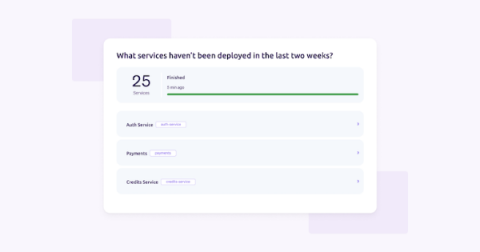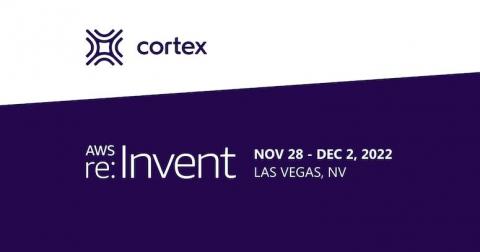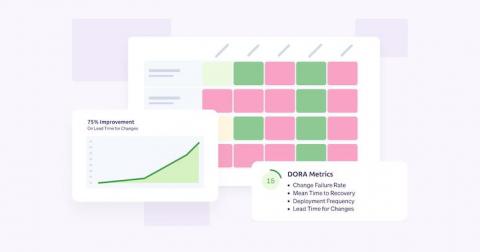Make use of your service data with the Query Builder
The service catalog is an indispensable component of a team’s software development infrastructure. Anything you need to know about your microservice architecture - whether it is knowing who owns a particular service or what another service’s dependencies are - lives inside this repository. Its potential, however, is not limited to being a storehouse for all the data about your microservices.









